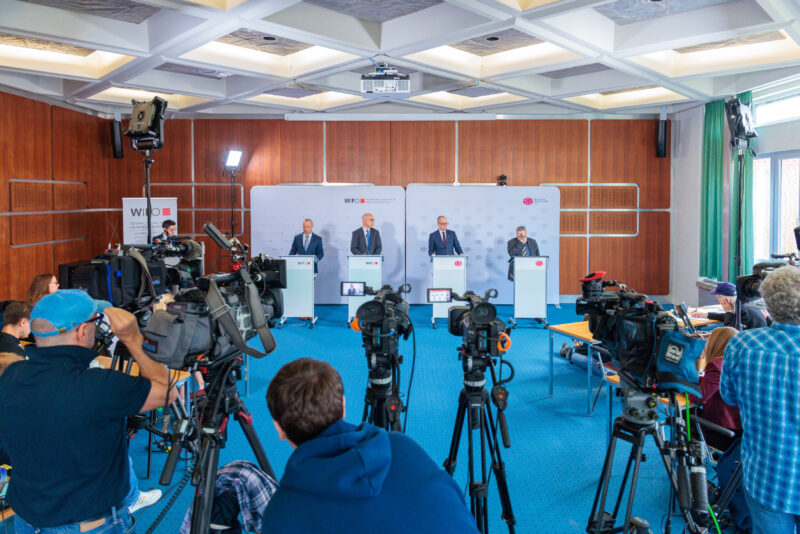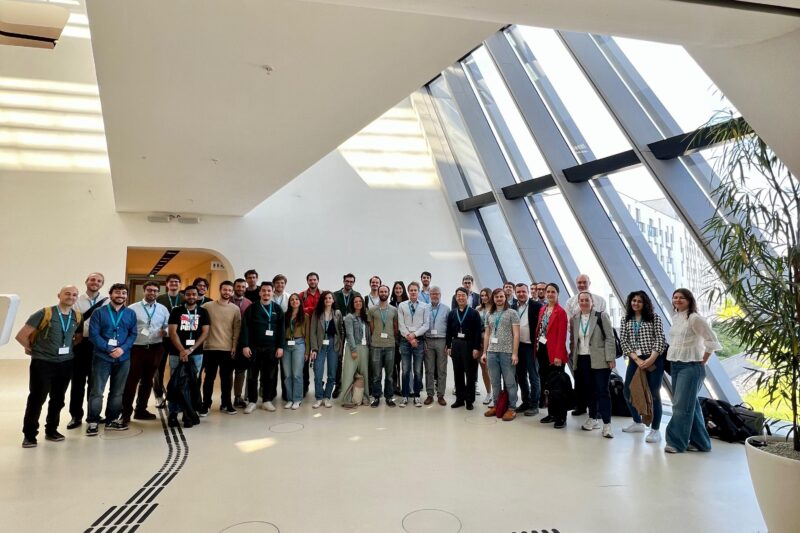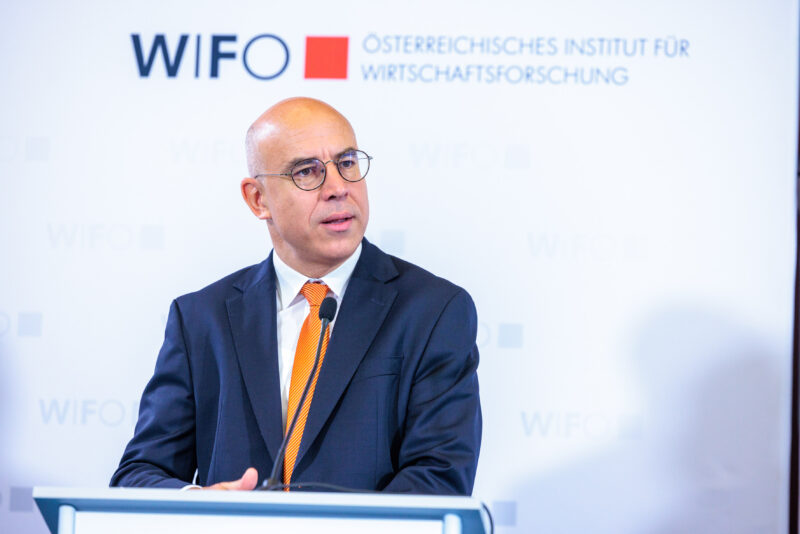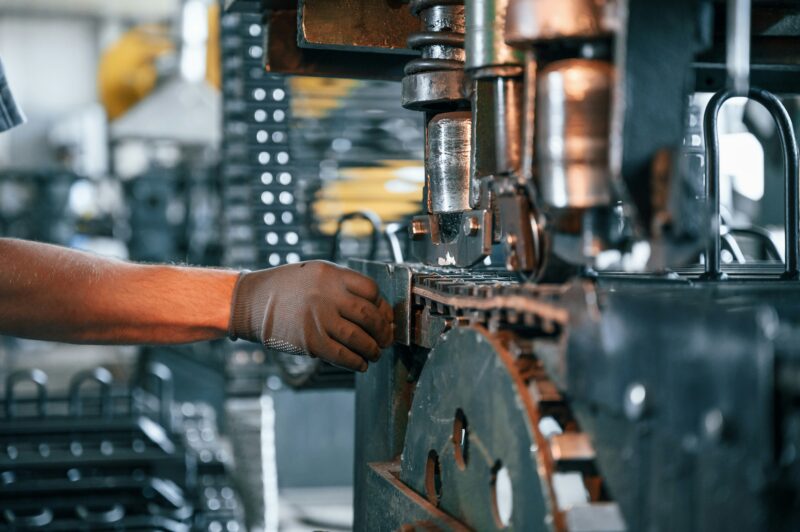
Consumer Sentiment is Rising, Savings Rate Reverts to 7.3 percent
The new "Retail Business Cycle Report" of the Austrian Institute of Economic Research (WIFO), commissioned by the Austrian Retail Association (Handelsverband Österreich), henceforth compiles and analyses important economic developments for the retail trade once a quarter.
Against the background of the international economic slowdown, the Austrian economy has cooled down in the second half of 2022, as well. According to the WIFO Flash Estimate, total production fell by –0.7 percent in real terms in the fourth quarter compared to the previous quarter. This was the first decline in economic output in 2022 after three quarters of positive growth. However, compared to the respective quarter in the year before, it grew by +2.7 percent in real terms. High consumer prices weighed on private household consumption and value added in trade.
In 2022, domestic retailers generated sales of around 72.5 billion €. According to Statistics Austria, this corresponds to a nominal increase of +8.1 percent, but adjusted for inflation, a slight minus of –0.8 percent is recorded. "The Austrian food retail sector had to cope with a real decline in turnover of –3.2 percent in 2022. Non-food retail trade was able to increase by +1.3 percent, with large differences between its branches. For 2023, one third of the domestic retailers expect sales increases, 34 percent, however, fear a decline in revenues", says Managing Director of the Austrian Retail Association Rainer Will.
Core results of the first Retail Business Cycle Report:
-
Against the backdrop of the international economic slowdown, the Austrian economy also weakened in the second half of 2022.
-
Retailers' sentiment improved for the fourth time in a row since October 2022. Similarly, the consumer confidence indicator has risen since October as well, although it is still at a historically low level.
-
In total, domestic retailers generated sales of around 72.5 billion € in 2022. Adjusted for inflation, this corresponds to a slight decline of –0.8 percent.
-
For 2023, 33 percent of domestic retailers expect an increase in turnover.
-
In 2022, the savings rate of private households fell to 7.3 percent, and is expected to drop further to 6.4 percent in 2023.
-
Shortage of labour force is reported to remain a key challenge in the retail sector. Currently, 14,133 job vacancies cannot be filled promptly.
WIFO Business Climate Index: entrepreneurial uncertainty remains high
The seasonally adjusted WIFO Business Climate Index for the Austrian economy summarizes the balance of positive and negative answers of the current situation assessments and expectations. After a decline over the summer and autumn of 2022, the results show a slight recovery since November. This is mainly due to the improvement in the assessments of current business. In comparison, business expectations show a more sceptical economic outlook, with positive responses only slightly outweighing negative ones.
"Business uncertainty remains high. Factors such as the high price increases and uncertainties in the supply of natural gas have shaped companies' assessments in recent months. Compared to the other sectors of the domestic economy, the results in the retail sector continue to show a strongly below-average economic dynamic", says Jürgen Bierbaumer.
A direct comparison with Germany shows a similar trend there since the beginning of the COVID-19 pandemic, with the retail confidence indicator reacting more strongly to individual events. After a recent positive trend, the assessment in Austria deteriorated slightly again in January 2023. In Germany, too, the development flattened out recently after a stronger increase at the end of the year. Prior to that, the assessments of the German retail sector had declined almost continuously since the beginning of the year. The general economic slowdown together with the rising price level are likely to have dampened retail confidence in Germany.
WIFO forecast until 2024: this year, the savings rate falls to 6.4 percent, gross value added of the retail trade rises
The global economic downturn also affected Austria in the second half of 2022. Nevertheless, GDP grew by 4.7 percent in real terms for total 2022, due to the strong momentum in the first half of 2022. For 2023, the WIFO forecast assumes a stagnation of GDP in real terms (+0.3 percent), while growth is forecasted to revert in 2024 (+1.8 percent).
Persistently high price dynamics and uncertainty continue to dampen the consumer demand of private households as well as investment dynamics. As important international trading partners are also in an economic downturn, foreign trade is also developing without much momentum. Against this background, GDP is expected to decline in the first quarter of 2023. However, a recovery is forecasted for the further course of the year.
The savings rate of private households' rose to historically high levels during the first two years of the COVID-19 pandemic but fell back to 7.2 percent in 2022. In 2023, WIFO expects a further decline to 6.4 percent. In 2024, the savings rate should rise again to 8.2 percent as real income is expected to increase stronger (+3.8 percent) than real consumer spending (1.7 percent).
Please contact



















